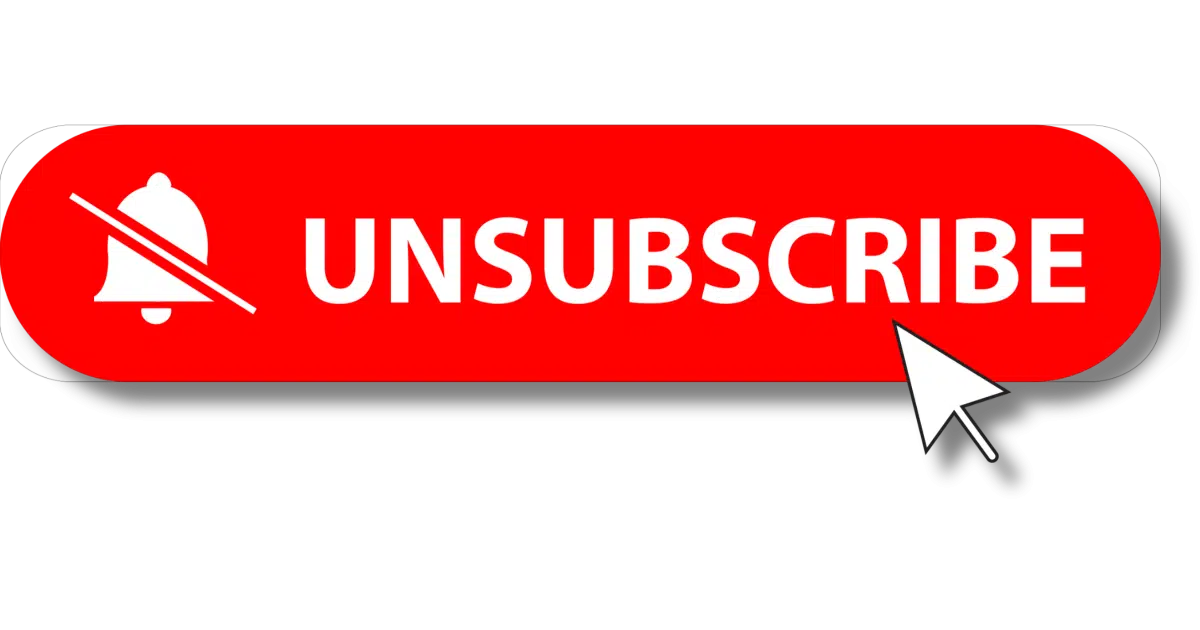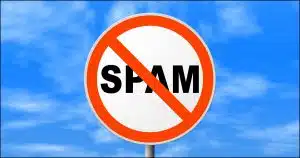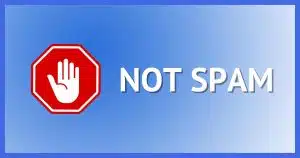And how to avoid this situation in the future.

Being unsubscribed to an email list you value can happen in several ways. Some are in your control and some, surprisingly, are not.
Let’s review some of the different ways you might get unsubscribed by accident: you mark it as spam; your email provider marks it as spam; the sender deletes you from the list; or you (or your friends, if you forward it to them) unsubscribe.
I want to be clear that these concepts don’t apply to every mailing service or email provider, but they are possibilities.

Accidental unsubscribes
Accidental unsubscriptions can happen by marking emails as spam, proactive email provider actions, or unintentionally clicking unsubscribe. To undo it, just re-subscribe or contact the vendor to be added back to their list. To prevent similar issues in the future, avoid marking legitimate emails as spam.
Mark as spam
Marking something as spam may be the most common way this happens.
If you mark a mailing list email as spam or junk, accidentally or otherwise, many email providers will be notified and interpret that as an unsubscribe.
The thinking is that if you mark their email as spam, you don’t want it any more. In addition, every “mark as spam” is a mark against that mailing list provider’s global reputation. Rather than risking you marking future issues as spam, they unsubscribe you.
Help keep it going by becoming a Patron.
Your email service “being helpful”
Your email provider may proactively mark something as spam “on your behalf”.
On some systems, there is spam you never see. If your email provider sees it as obvious spam, their spam filter may stop it from ever reaching your inbox or even your spam folder. If your email provider also uses the industry-standard hidden unsubscribe header1 to unsubscribe you, it’s the same as if you marked it as spam yourself. There’s no way for you to know if this happens.
What it means for an email service to think something is so “obviously” spam is also unclear. It’s probably a combination of some pre-set rules as well as the spam-marking of every other user on that system (if it’s a shared email system like Gmail or Outlook.com).
The email list provider is being cautious
There’s an interesting “catch” when you mark something as spam: it may affect other newsletters you subscribe to that use the same mailing list provider.
Here’s the scenario:
- You subscribe to a newsletter and confirm your subscription, indicating you want the newsletter.
- You later mark a newsletter as spam.
- The newsletter service unsubscribes you from that newsletter.
- The newsletter service also unsubscribes you from other newsletters you get that come from the same service.
Why? By marking a legitimate email — something you’ve explicitly asked for and confirmed — as spam rather than unsubscribing, the provider may not trust you not to do the same to these other newsletters, which would negatively and inappropriately affect their reputation and deliverability.
My understanding is that this “spam one, unsubscribe from all” technique is rare these days.
Not opening
I’m told (but have not experienced) that some email services monitor whether you open the emails from each mailing list.
If you don’t open them for long enough, or your security and/or adblocking tool prevents the open notification from being sent, your email service may proactively unsubscribe you, taking your lack of opening their emails as lack of interest.
Spring cleaning
The open rate is an important aspect of mailing list deliverability. Some newsletter senders clean their mailing lists, unsubscribing anyone who hasn’t opened the emails during a certain period.
Removing those who never open a message improves that metric. That, in turn, makes it less likely the email will be delivered to the spam folder for all the remaining subscribers.
I do this myself every spring.
Your friends
If you forward a newsletter to someone, it contains the unsubscribe information at the bottom of the email. If your friend clicks that unsubscribe link, then you are unsubscribed.
I know this works for my email list provider, Aweber, because I sometimes get replies to my newsletter requesting to be unsubscribed, and I just scroll to the bottom and click the link for them.
You
If you accidentally click the unsubscribe link yourself, of course, you’ll be unsubscribed. Normally this’ll be pretty obvious as you’ll be taken to a “sorry to see you go” page.
Tools for email overwhelm
Some tools promise to reduce your email load by unsubscribing you from newsletters you no longer appear to care about.
I’m not a huge fan of these services because it seems like the chances of getting it wrong are high. For example, I could easily see them mistaking a business relationship using a mailing list to communicate with customers as something to be unsubscribed from.
Undoing the damage
For most newsletters, including my own, all you need to do is subscribe again. That usually means finding a sign-up form and filling it out as you did originally.
In a business context, it’s a little less clear. You may need to contact the business and explain that you didn’t intend to unsubscribe and want to be put back on the list. (Sometimes they can tell you when and how you unsubscribed.)
Do this
If you find yourself unsubscribed from something you want to continue receiving, just re-subscribe. If it’s a business, that may involve a few more steps.
And of course, pay attention to the unsubscribe links in your emails. If you explicitly signed up for it, never mark it as spam.
Speaking of newsletters: Subscribe to Confident Computing! Less frustration and more confidence, solutions, answers, and tips in your inbox every week.
Podcast audio
Footnotes & References
1: Emails have headers you don’t normally see. This may include information that indicates how to unsubscribe. It’s the “List-Unsubscribe:” header that is followed by a URL that, when clicked, unsubscribes. If you’ve ever seen an “Unsubscribe” link at the top of a message, or even before the message, it may be the result of this header being present.






Often when I mark an email as spam, a question pops up asking if I want to unsubscribe. I never click yes because clicking unsubscribe links in spam tells the spammer your address is valid. Mark spam as spam, and unsubscribe from newsletters you no longer want.
I recently had an issue with a newsletter I get from CodeProject. It stopped arriving, without any explanation, for more than a month before I realized it was absent from my Inbox. At that point, one of the things I checked was that I was still subscribed. I was. I used their “Contact Us” link to ask what happened to my newsletter. After a week or so, I began to receive my newsletters from them again. To this day, I have no idea what the issue was, and I never received any reply from my inquiry. I’m simply happy that I’m getting my newsletter from them again.
Ernie (Oldster)